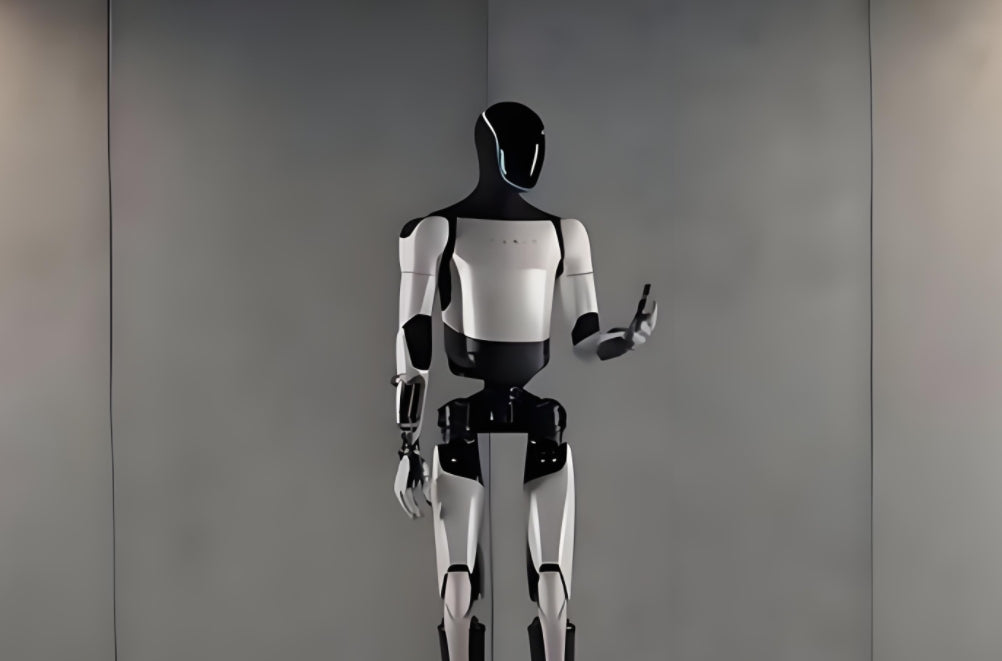Humanoid Robots: Driving AI Innovation in Healthcare & Industry

As artificial intelligence (AI), robotics, computer vision, and deep learning evolve, humanoid robots are emerging as pivotal innovations. Mimicking human mechanics and cognitive functions—from walking and speaking to decision-making—these advanced machines are revolutionizing industries such as healthcare, education, service, and manufacturing. Their ability to learn, adapt, and interact naturally positions them as key drivers of productivity, safety, and personalized human experience.
What Are Humanoid Robots?
Humanoid robots are engineered to mirror human form, typically equipped with a head, torso, arms, and legs. They combine AI, sensor fusion, and deep learning algorithms to perceive environments, make autonomous decisions, and physically replicate human activities. Unlike conventional industrial robots, humanoid models adapt to unpredictable settings and engage in complex interaction, making them ideal for flexible, real-world deployment.
1. Healthcare: Intelligent Care & Companionship
With global demographics skewing older, humanoid robots address key healthcare challenges:
-
Health Monitoring & Medication Reminders: Equipped with medical-grade sensors, they track vitals, ensure timely medication, and support patient adherence.
-
Rehabilitation Assistance: Replicate therapeutic motions to aid patient recovery with precision and consistency.
-
Emotional Support: Offer companionship and empathy to combat loneliness in patients, enhancing overall well-being.
These robots assist medical staff, reduce burnout, and pave the way for scalable, personalized elder and clinical care.
2. Education: Interactive and Inclusive Learning
In education, humanoid robots bring dynamic, customized teaching:
-
Adaptive Learning Experiences: Tailor lesson plans to each student's pace, preferences, and emotional cues in subjects like language and STEM.
-
Classroom Support: Provide additional attention to students with special needs, incorporating facial and voice emotion recognition to foster inclusive environments.
-
Engaging Interactivity: Facilitate hands-on learning through role-play, simulations, and experiential education.
3. Service & Retail: Redefining Customer Engagement
Humanoid robots are reshaping customer service:
-
Frontline Interaction: Act as greeters, product guides, and concierge assistants in hotels, malls, and events.
-
Conversational Intelligence: AI-enabled dialogue and emotion recognition help them respond naturally and improve customer satisfaction.
-
Marketing Insight: Analyze real-time behavior to tailor promotions, boosting brand engagement and loyalty.
4. Manufacturing & Automation: Smarter Production Systems
In industrial environments, humanoid robots enhance productivity and safety:
-
Flexible Task Performance: Execute precise assembly, inspection, and logistics tasks that require human-like dexterity.
-
Safety in Hazardous Zones: Operate in environments unsafe for humans, such as high-temperature or toxic areas.
-
Seamless Human-Robot Collaboration: Use deep learning to optimize workflows, detect errors, and enhance operational efficiency.
5. AI & Deep Learning: The Core of Intelligent Robotics
At the heart of humanoid robots are AI and deep learning systems:
-
Sensory Perception: Computer vision and speech recognition enable real-time environment and human understanding.
-
Emotional Intelligence: Deep models interpret facial expressions and tone to guide empathetic interaction.
-
Continuous Learning: Adaptive algorithms allow robots to refine performance over time, improving autonomy and reliability.
6. Future Visions: A Human-Centered Robotic Era
Tomorrow's humanoid robots will be more intuitive, accessible, and supportive:
-
Home Companions: Provide daily assistance, monitor health, and support independent living.
-
Classroom Co-Educators: Foster interactive learning and cater to diverse educational needs.
-
Customer Service Icons: Deliver engaging, efficient interaction with emotional nuance.
-
Factory Innovators: Enhance precision, streamline production, and reduce workplace risk.
Conclusion
Humanoid robots are not futuristic novelties—they’re active agents of modern transformation in healthcare, education, retail, and industry. Anchored by AI, deep learning, and robotics, they offer smarter, safer, and more intuitive solutions. As these machines learn to interact with empathy and efficiency, they will integrate seamlessly into daily life, reshaping our world.
SLAMTEC RPLIDAR S2L 30m TOF LiDAR Sensor for Navigation & Avoidance
After-sales Support:
Our professional technical team specializing in 3D camera ranging is ready to assist you at any time. Whether you encounter any issues with your TOF camera after purchase or need clarification on TOF technology, feel free to contact us anytime. We are committed to providing high-quality technical after-sales service and user experience, ensuring your peace of mind in both shopping and using our products.








